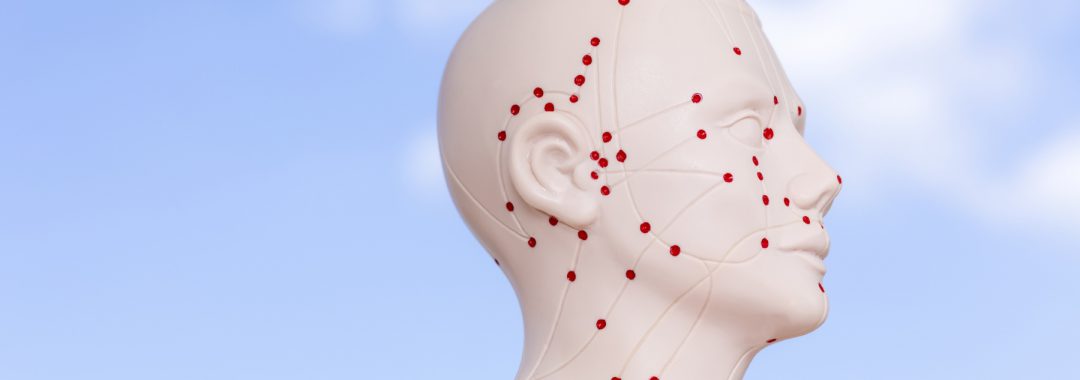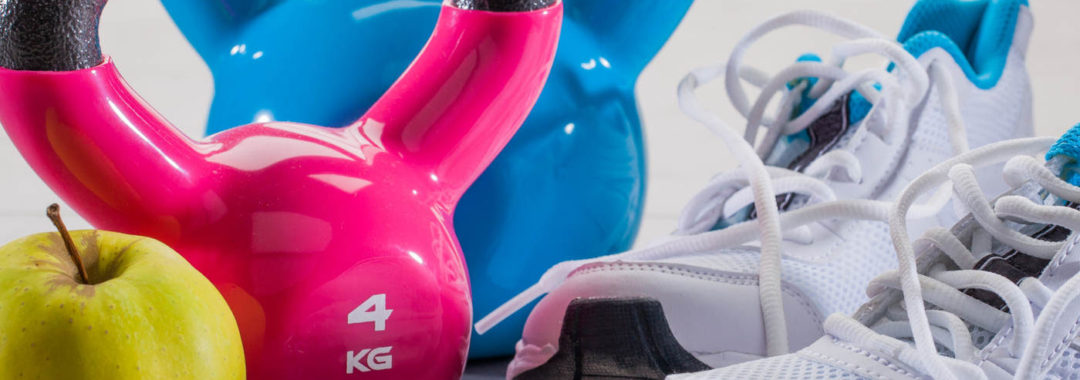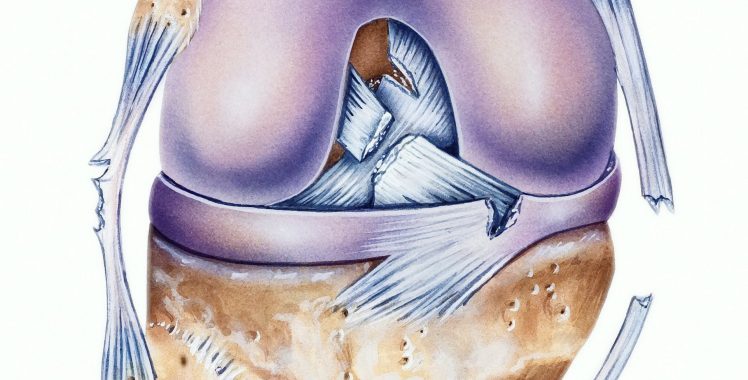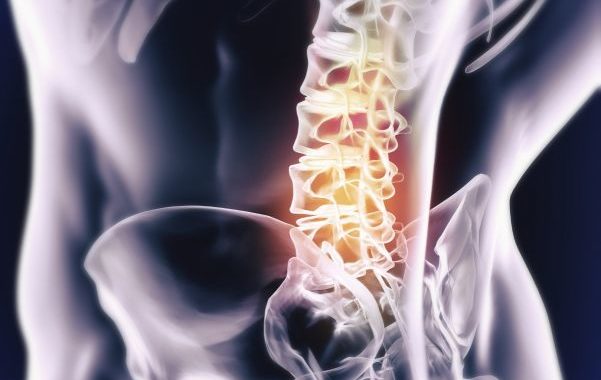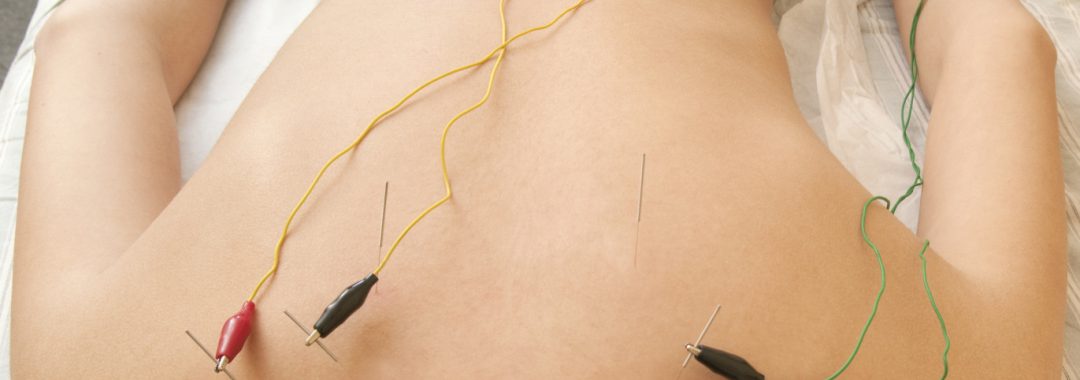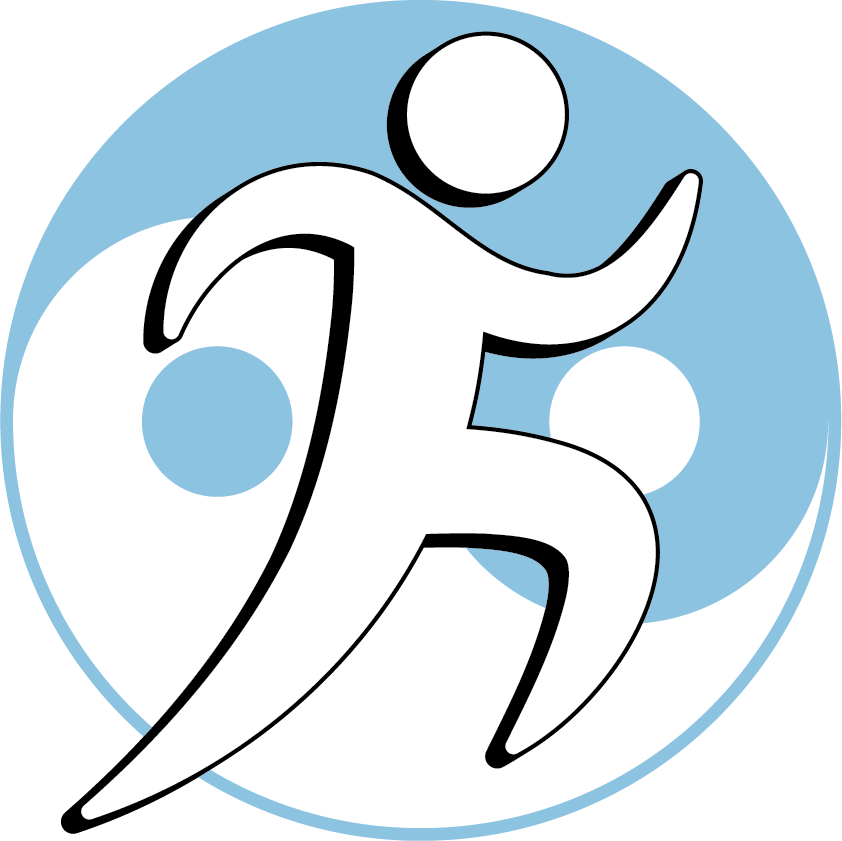Open to access this content
Category Archives: AOM Class Offerings
Medical Documentation: Essential Best Practices – Slideshow
Open to access this content
Red Flags & Referrals
Recognition and Management of Serious/Urgent Medical Conditions
With Instructor Anthony Von der Muhll, L.Ac., DNBAO, FAIPM
Next offering: TBA. Please let us know of your interest in a distance-learning class.
Check back for next live class date, or contact us to be notified by email
Course Goals and Content
On-Demand/Home Study Class
- Over 30 “easy-to-miss” urgent/serious conditions relatively likely to present in acupuncture practice without prior diagnosis
- Symptom-based format and case studies: test your ability to rapidly and accurately identify red flags
- The art of making referrals and building relationships with other health professionals: enhance patient safety, while you increase your practice volume!
Recognition and management of urgent/serious medical conditions
- L.Ac.’s role as primary health-care profession
- Condition incidence and/or prevalence in outpatient acupuncture practice
- Risk factor/history/sign/symptom clusters
- Pathomechanisms, natural progression and adverse outcomes
- Stabilizing measures, referrals, consultations, and EMS
- Documentation of assessment, stabilization and referral
General characteristics of pain as a red flag
- Timing of pain
- Post-traumatic and post-surgical pain
- Atraumatic joint inflammation and degeneration
- Bone pain and fractures
- Pain with neurovascular and trophic signs and symptoms
- Degree of disability
Spinal pain, sensory and motor problems
- Radiculopathy
- Cauda equina syndrome
- Spinal cancer
- Fractures: vertebral compression, ribs, spondylolisthesis
- Shingles/herpes zoster
Upper extremity pain, sensory and motor problems
- Rotator cuff tears
- Shoulder, elbow, wrist dislocation
- Fractures: radial head and neck; supracondylar; scaphoid
- Severe peripheral neuropathy
- Severe Raynaud’s disease
- Complex regional pain syndrome: reflex sympathetic dystrophy, causalgia
Lower extremity pain, sensory and motor problems:
- Avascular necrosis of the hip
- Slipped capital femoral epiphysis
- Vascular claudication
- Ankle/foot fractures
- Deep vein thrombosis/pulmonary embolism
- Compartment syndrome
Headaches and oro-facial pain
- TIAs, strokes and aneurysms
- Temporal arteritis
- Bacterial sinusitis
- Acute closed-angle glaucoma
- Non-traumatic subarachnoid hemorrhage
- Severe sore throat
Organ pain
- Chest and respiratory pain
- Abdominal and digestive pain
- Urinary and reproductive systems pain
Systemic and Psycho-Social Complaints
- Limb swelling and pulse abnormalities
- Fatigue and changes in weight
- Dizziness and altered mental function
- Substance abuse, depression and suicidality
- Signs and symptoms of abused and neglected patients
Making and Building Referrals
- The art of building referral relationships to enhance patient safety and volume.
- Protocols for effective and timely referrals
- Documentation of management and referrals
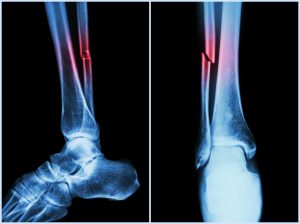
Student Ratings and Comments
from evaluations as required by California Acupuncture Board
Respondents: 8 of 13 enrolled
Average rating: 5/5
Comments:
“Awesome class as usual, great guest presenters!” –Marian Blum, L.A.c
Next live offering: TBA. You may also register for a distance-learning version of this class.
And we invite you to view our full program schedule and register for in-person classes and live webinars.
Stabilizing and Mobilizing Joints With Prolo-Acupuncture
With Instructor Anthony Von der Muhll, L.Ac., DAOM, DNBAO, FAIPM
Next offering: TBA. Please let us know of your interest in a distance-learning class.
Check back for next live class date, or contact us to be notified by email
Ligaments, or 韧带 rèndài
join bones to bones, and may be considered part of the 经 筋 jīngjīn, or myofascial/sinew meridians. Yet assessing and treating ligament injuries is literally a “missing link” in much acupuncture training regarding musculoskeletal pain and disability. Simple and easily-learned techniques for needling ligaments can stimulate self-repair and improve outcomes by helping to:
- Accelerate healing and reduce chronicity from acute sprains/strains;
- Re-stabilize hypermobile joints, and restore normal joint tracking and biomechanics;
- Slow and allow for reversal of joint degeneration that leads to osteoarthrosis;
- Enhance the treatment of muscles, nerves, and other tissues and systems that contribute to chronic pain.
Ligaments and Joints Covered:
Shoulder, Arm and Hand
- Acromio-clavicular joint: sprains, separations, chronic hypermobility
- Gleno-humeral joint: sprains, AMBRI, TUBS and SLAP lesions
- Transverse humeral ligament: bicipital tendon subluxations
- Elbow collateral ligaments: sprains, subluxations
- Wrist ulnar- and radio-carpal ligaments and the triangular fibrocartilage complex: sprains, tears, chronic hypermobility
Hip, Knee, Ankle and Foot
- Knee patellar, collateral and cruciate ligaments: sprains, chronic hypermobility
- Knee menisci and the tibio-meniscal ligament: sprains, degeneration
- The superior and inferior tibio-fibular joints: sprains, chronic hypermobility
- Lateral ankle/foot: ATF, CF, PTF and CC ligaments: sprains, chronic hypermobility
- Medial ankle: hyper-pronation, deltoid and spring ligaments: chronic hypermobility
The Spine
- Cervical and lumbar facet joints: sprains, dysfunction, chronic hyper- and hypo-mobility
- Posterior sacro-iliac, ilio-lumbar and sacro-tuberous ligaments: dysfunctions, degeneration
- Supraspinous ligament: whiplash, sprains
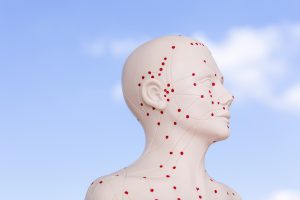
Anatomy and Patho-anatomy
- Functional/clinical anatomy, patho-anatomy of the main and commonly-injured joints of the body, in AOM and standard contemporary medical terms
- Common etiologies and prognoses for common injuries and pain of the major joints of the body, in AOM and standard contemporary medical terms
Assessment
- Performing a physical exam for common injuries and pain of the major joints of the body, including observation, inspection, palpation and special orthopedic tests for joint range-of-motion, tracking and end-feel/stability
- Red flags for serious/urgent joint injuries and pain that warrant referral to physician care
Treatment
Treatment for common joint injuries with acupuncture, including ligamentous prolo-acupuncture (“dry”) needling, electro-acupuncture, and 7-star needling.
Next live offering: TBA. You may also register for a distance-learning version of this class.
And we invite you to view our full program schedule and register for in-person classes and live webinars.
Essentials of Integrative Acupuncture Orthopedics + Basics of Shoulder Injuries and Pain: 2017 ACCHS DAOM Videos
| Content | Video |
|---|---|
| DAOM Integrative Acupuncture Orthopedics Program Overview 1 | Link |
| DAOM Integrative Acupuncture Orthopedics Program Overview 2 | Link |
| DAOM, Shoulder Basics Intro | Link |
| DAOM, Shoulder Basics Overview | Link |
| DAOM, IAO / Shoulder Basics, Chronic Pain Overview | Link |
| DAOM, IAO / Shoulder Basics, Degenerative Pain Cascade | Link |
| DAOM, Shoulder Basics, Ergonomics & Posture 1 | Link |
| DAOM, Shoulder Basics, Ergonomics & Posture 2 | Link |
| DAOM, Shoulder Basics, Range of Motion 1 | Link |
| DAOM, Shoulder Basics, Range of Motion 2 | Link |
| DAOM, Shoulder Basics, Anatomy/Physiology 1 | Link |
| DAOM, Shoulder Basics, Treatment Overview 1 | Link |
| DAOM, Shoulder Basics, Treatment Overview 2 | Link |
| DAOM, Shoulder Basics, Treatment Overview 3 | Link |
| DAOM, Shoulder Basics, Anatomy | Link |
| DAOM, Shoulder Basics, Physical Exam 1 | Link |
| DAOM, Shoulder Basics, Physical Exam 2 | Link |
| DAOM, Shoulder Basics, Physical Exam 3 | Link |
| DAOM, Shoulder Basics, Physical Exam 4 | Link |
| DAOM, Shoulder Basics, Physical Exam 5 | Link |
| DAOM, Shoulder Basics, Physical Exam 6 | Link |
| DAOM, Shoulder Basics, Physical Exam 7 | Link |
| DAOM, Shoulder Basics, Treatment 1 | Link |
| DAOM, Shoulder Basics, Treatment 2 | Link |
| DAOM, Shoulder Basics, Treatment 3 | Link |
| DAOM, Shoulder Basics, Treatment 4 | Link |
| DAOM, Shoulder Basics, Treatment 5 | Link |
| DAOM, Shoulder Basics (day 2) History & Physical Exam | Link |
| DAOM, Shoulder Basics (day 2) History & Physical Exam 2 | Link |
| DAOM, Shoulder Basics (day 2) Treatment 6 | Link |
| DAOM, Shoulder Basics (day 2) Treatment 7 | Link |
| DAOM, Shoulder Basics (day 2) Physical Exam Review | Link |
Shoulder, Arm, Hand — Review and Practicum Lab
With Instructor Anthony Von der Muhll, L.Ac., DAOM, DNBAO, FAIPM
Prior completion of the 16-hour Shoulder, Arm Hand: History, Exam, Assessment & Treatment module is required, either in-person or via distance-learning.
Monday, August 18, 8:30-5:30 at VUIM, 1980 Gallows Road, Vienna VA
8 Live NCCAOM PDAs approved
Monday, November 10, 9:00-6:00 at ACCHS, 1600 Broadway, Oakland CA
8 Live NCCAOM PDAs approved
Course Content
- Practice, apply, re-inforce and expand upon physical examination and treatment techniques taught in the associated didactic module.
- Labs focus on areas of particular technical difficulty, and provide an opportunity for presentation, demonstration treatment and discussion of challenging cases.
- Note: Practicum/Review Labs are open only to participants who have completed the prior associated didactic module: Shoulder Girdle, Arm, Hand.
Shoulder Girdle:
- AROM/PROM, joint-play/end feel testing and prolo-acupuncture for the acromio- and sterno-clavicular and glenohumeral joints
- Muscle strength and length testing for the shoulder girdle
- Manual and exercise therapies and taping for the shoulder girdle
Elbow joint review:
- Joint play and end-feel testing
- Ligamentous prolo-acupuncture for joint stabilization
Elbow and forearm muscle review: manual strength testing, trigger point needling, and gua sha therapy
- Triceps brachii and anconeus
- Biceps brachii and supinator
- Pronators teres and quadratus
- Brachioradialis
- Forearm extensors and flexors
Wrist joint review:
- AROM measurement
- Joint-play/end feel testing: ulnar-carpal, radio-carpal, and distal radio-ulnar joints
Hand and finger joint review:
- AROM measurement
- Joint-play/end feel testing: carpo-metacarpal, metacarpo-phalangeal, and interphalangeal joints
Hand and finger strength testing review: dynanometer measurement
- Grip strength
- Pinch strength
- Manual testing
Case presentation/treatment demonstration and discussion
View full certification program and register for in-person, live webinar and self-paced distance-learning classes.
Low Back, Core and Pelvic Girdle — Review and Practicum Lab
With Instructor Anthony Von der Muhll, L.Ac., DAOM, DNBAO, FAIPM
Prior completion of the 16-hour Low Back, Core & Pelvic Girdle: History, Exam, Assessment & Treatment module is required, either in-person or via distance-learning.
Monday, January , 9:00-6:00, at ACCHS, 1600 Broadway, Oakland CA
8 Live NCCAOM PDAs approved
Course Content:
- Practice, apply, re-inforce, expand upon physical examination and treatment techniques taught in the associated didactic module.
- Labs focus on areas of technical difficulty, and presentation & demonstration treatment and discussion of challenging cases.
- Note: Practicum/Review Labs are open only to participants who have completed the prior associated didactic module: Low Back, Core, Pelvic Girdle.
Central Nervous System Exam
- Upper motor neuron pathologic reflexes
Lumbo-Sacral Spine Exam
- Lower extremity reflexes
- Lower extremity sensory exam
- Lower extremity myotome exam
- Lumbar AROM assessment
- Manual strength testing of gluteals, hip external rotators, and iliopsoas
Low Back, Core, and Pelvic Girdle Treatment
- Prolo-acupuncture for lumbar facets, sacro-iliac and pubic symphysis joints, and iliolumbar and sacrotuberous ligaments
- Soft joint mobilizations for lumbar facets, sacro-iliac and pubic symphysis joints
- Trigger point needling, gua sha, and manual therapies for lumbar, abdominal and gluteal musculature, including quadratus lumborum and iliopsoas
- Core strengthening therapeutic exercises
Case presentation/treatment demonstration and discussion
View schedule and register for classes
Head, Neck, Thorax — Review and Practicum Lab
With Instructor Anthony Von der Muhll, L.Ac., DAOM, DNBAO, FAIPM
Prior completion of the 16-hour Head, Neck Thorax: History, Exam, Assessment & Treatment module is required, either in-person or via our self-paced distance-learning course.
Monday, July 14, 9:00-6:00, at ACCHS, 1600 Broadway, Oakland CA
8 Live NCCAOM PDAs approved
- Apply, practice, re-inforce, expand upon physical exam and treatment techniques taught in the associated didactic module.
- Labs focus on areas of particular difficulty, and include presentation, demonstration treatment and discussion of challenging cases.
- Note: Practicum/Review Labs are open only to participants who have completed the prior associated didactic module: Head, Neck, Thorax.
Head and Central Nervous System Exam
- Cranial nerve exam
- Central nervous system exam
Cervico-thoracic Spine Exam
- Upper extremity reflexes
- Upper extremity motor exam
- Cervical and thoracic spine active range-of-motion assessment
- Ribcage excursion assessment
Cervico-thoracic Spine Treatment
- Tui na joint mobilization and prolo-acupuncture for cervical subluxations and facet joint arthropathy
- Trigger needling, gua sha, and manual therapies for trapezius, levator scapula, scalenes, sternocleidomastoid, multifidi, and intercostal muscles
Case presentation/treatment demonstration and discussion
View full certification program and register for in-person, live webinar and self-paced distance-learning classes.
Medical Documentation: Essential Best Practices – Class Notes & E-book
| Class Content | Notes |
|---|---|
| Guide to Interactive E-books: Read this first! | Guide |
| Slideshow: Medical Documentation: Essential Best Practices | View Slides |
| Appendix 1: Comparison of Paper vs. EHR Systems | View Notes |
| Appendix 2: Patient Release and Records Transfer | View Notes |
| Sample History of Present Illness/initial visit note | View Notes |
| Sample follow-up visit progress or "SOAP" note | View Notes |
| Basic Chart Note Review | View Notes |
| Advanced Chart Note Review Checklist | View Notes |
